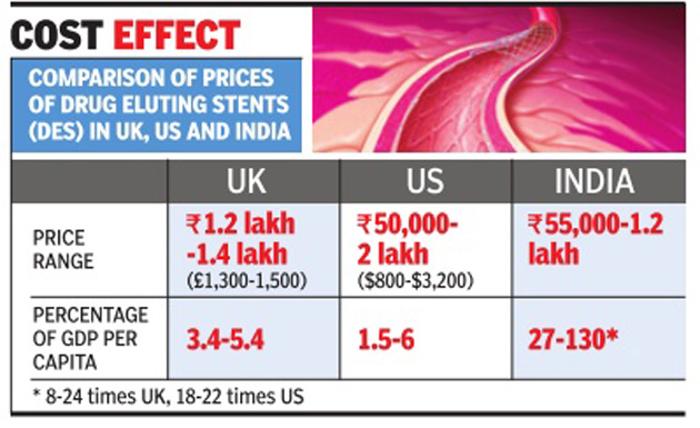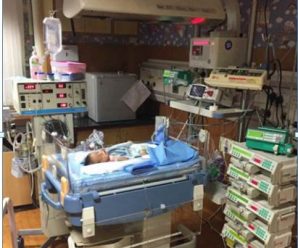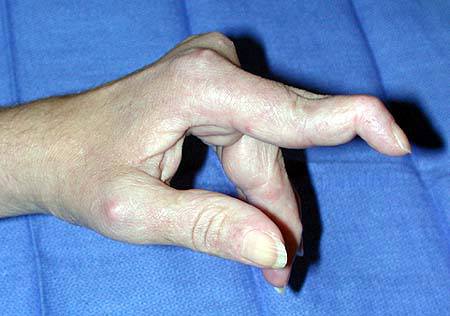Angioplasty Procedure in India – Everything you need to Know!

In medicine, the prefex “angio-” denotes blood vessels and the suffix “-plasty” refers to repair or restoration of a part of function. Angioplasty a.k.a balloon/stent angioplasty or percutaneous transluminal angioplasty (PTA) is a minimally invasive revascularization procedure to widen narrowed or obstructed blood vessels. The aim of angioplasty is to increase the vessel lumen by stretching. Angioplasty is currently used to treat conditions like:
- Coronary Artery Disease (CAD) – Coronary arteries
- Peripheral Artery Disease (PAD) – Peripheral arteries
- Cerebro-vascular Accident (CVA) – Carotid arteries
- Renal Artery Stenosis (RAS) – Renal arteries
- Mesenteric ischemia
- Venous stenosis e.g., Subclavian vein stenosis
How is angioplasty performed?
Seldinger technique is a medical procedure to obtain safe access to blood vessels and other hollow organs. An introducer sheath is inserted into blood vessel percutaneously using this technique. Fluoroscopic guidance and radiopaquecontrast dye are used to guide angled wires and catheters to the region of the body to be treated. The stenosis or obstruction in blood vessel is then treated with:
- By passing a balloon on a catheter and inflating it OR
- Placing a stent
What are the benefits of angioplasty over open surgeries?
- Cost-effective: The patient can be discharged from the hospital and return in normal activity the next day.
- Co-morbidity: It is performed under local anesthesia and there is no need for general anesthesia. This is of great importance for patients with severe diseases, like chronic obstructive pulmonary disease, or coronary disease, that are high risk groups for receiving general anesthesia.
- Hemodialysis: Stenosis of AV fistula or central veins can be managed.
When can you leave hospital?
Your doctor will work with you to decide when you’re ready to go home. Most patients need to stay overnight. There are multiple factors for you and your doctor to consider.
What precautions should I take after angioplasty?
- You may be prescribed with antiplatelet medications
- Report any chest pain.
- Check for bleeding and hematomas.
- Restrict your activities.
- Report infection or rash.
Angioplasty in India
Cardiovascular diseases (CVDs) have now become the leading cause of mortality in India. A quarter of all mortality is attributable to CVD. Ischemic heart disease and stroke are the predominant causes and are responsible for >80% of CVD deaths. Angioplasty in India for Acute Myocardial Infarction (AMI) has evolved over the years, first being undertaken over 20 years ago but now only gaining worldwide acceptance. National Interventional Council (NIC) revealed that the performing of angioplasties has gone upto 42% during 2015.
Several centers in India has been providing access to angioplasty with excellent results at an affordable cost of around INR 2-3 lakhs. If you have any doubt you can consult online.





